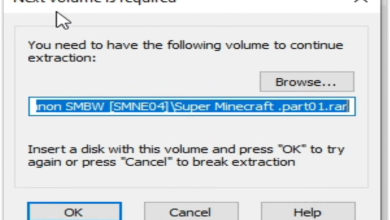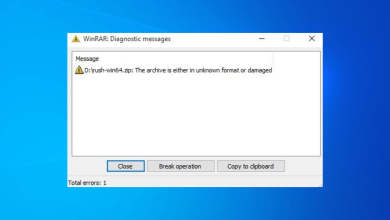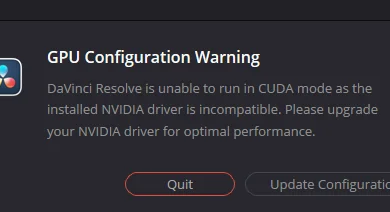Fix: Corsair K100 RGB Firmware Update Failed
Corsair K100 RGB keyboard users often encounter an issue in which their firmware update fails. This issue keeps their board stuck on an older version, leading to problems such as keyboard freezing, ghost typing, random volume changes, and others.
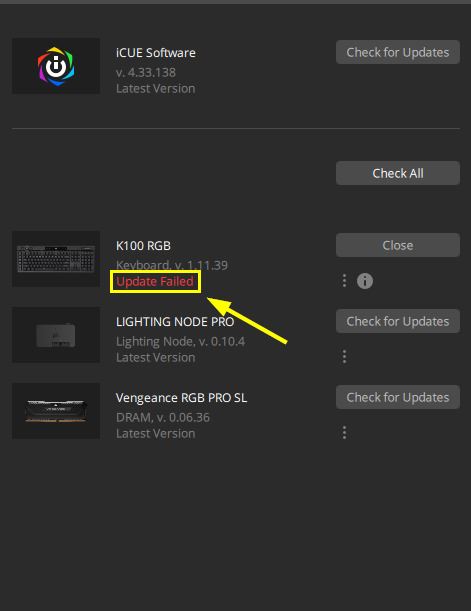
This can be fixed by ‘refreshing’ your keyboard or any other peripheral that is causing problems. In this case, simply unplug the K100 RGB and plug it back in again. Also, try connecting the board to other ports.
Anyway, the update mostly fails while updating from firmware v1.11.39 to v1.13.53 or from v1.13.53 to v1.14.58. The main reasons for this include corrupted Corsair files, outdated bus drivers, and internal keyboard glitches.
So, in this case, you should repair or reinstall the iCUE software, update the PCI drivers, and try to reset your keyboard. After that, try to run the update again.
There are a total of eight ways through which you can successfully update your Corsair K100 RGB. I will provide the instructions and steps for each solution.
1. Close RGB/Monitoring Applications in the Background
The update may be interrupted if one or more RGB or monitoring applications are in use or running in the background. Therefore, before updating your keyboard, ensure that all these applications are closed.
These can include:
- Armoury Crate
- Mystic Light
- RGB Fusion
- NZXT CAM
- Logitech Hub
- HWiNFO
- Wallpaper Engine and more
2. Reset your Keyboard
There can be some internal problems with the keyboard that are stopping it from updating. Therefore, simply resetting the board and trying the update again will fix the issue.
In order to reset your Corsair K100 RGB, do the following:
- Unplug your keyboard.
- Wait for a minute or two.
- Plug in the keyboard while holding the ESC key.
- Release the ESC key 5 seconds after plugging in.
- The keyboard will flash indicating a successful reset.
Now try to update the firmware again.
3. Plug your Keyboard into Motherboard’s USB Slots
Before attempting the update, ensure that your keyboard is plugged directly into the front or rear motherboard I/O USB slots.
Once connected, go to your iCUE software v4 or v5, and try checking for updates. The keyboard should begin updating now. If it does not, proceed to the next method.
4. Boot into Safe Mode with Networking
Safe Mode boots your computer with a minimal set of drivers and files. More often than not, the problem you face in a regular startup won’t happen in Safe Mode. It also helps in identifying the problem, as the resources get narrowed down.
Here, we need to go into safe mode with networking because we’ll require an internet connection to update the keyboard.
Here’s how to boot into safe mode:
- Go to Windows Settings > Update & Security.
- Click on Recovery.
- Click Restart Now under Advanced Startup.

- Your PC will go to the Choose an option screen now.
- Select Troubleshoot > Advanced options.

- Now click on Startup Settings > Restart.

- You will see an options list when your PC restarts.
- Press F5 or select 5 to boot into Safe Mode with Networking.
Once the desktop shows up, open iCUE and update your keyboard.
5. Manually Install the Updates
If the iCUE software is unable to search for updates and update your keyboard, try updating it manually. It is a lengthy process, but the keyboard will eventually reach its latest version, and you can start using it without any issues.
The older versions of keyboards are incompatible and inefficient in many aspects. For instance, a number of people have reported issues such as random typing, keyboard hanging, and certain keys not working on an outdated version of the K100.
So, to avoid that, you need to have your keyboard up-to-date. And if an automatic update fails, the last option is to manually update it.
As a prerequisite, download these three official Corsair firmware zip files:
Note: These firmware files are for the K100 RGB Air Keyboard.
Now here’s how you can manually update your keyboard:
- Disconnect your internet after downloading the zip files.
- Plug in the K100 RGB via wired USB.
- Open iCUE and go to K100 RGB’s Device Settings.
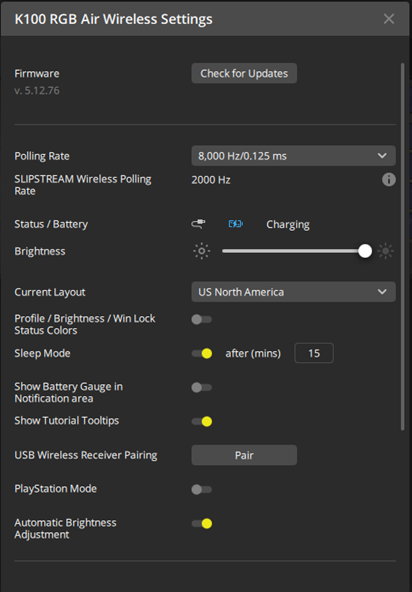
- Set the polling rate to 1000 Hz.
- Now click Check for Updates next to Firmware and it will give the Update Failed status.

- Click on the three vertical dots menu below.
- Select Browse for Firmware.

- Go to the zip files download folder.
- Double-click on Firmware 1.zip.
- Now select Update Now.

- Wait until the update installs.
- The version will be updated now.
- Click Close.
- Select Check for Updates again.
- Once it shows Update Failed, click on the three-dotted menu.
- Select Browse for Firmware.
- Open Firmware 2.zip this time.
- Select Update now and click on Close once it finishes.
- Do the same process for Firmware 3.zip.
- Once done, the keyboard will be at its latest version 5.12.76.
Now you can reconnect to the internet and start using your keyboard wirelessly as well.
It will still show K100 RGB firmware update failed, but you can just ignore that.
6. Repair the iCUE Software
Repairing iCUE is the primary way to solve updating issues with any Corsair device. It is straightforward to repair iCUE and will only take 4-5 minutes for the process to complete. Afterward, you can try updating your keyboard again.
Here are the steps:
- Open Device Manager by searching it on the Windows search bar.
- Double-click on Human Interface Devices.
- Select Corsair composite virtual input device and right-click on it.
- Select Uninstall device and click on Uninstall in the confirmation prompt.

- Go to the official iCUE page and click on DOWNLOAD iCUE on the top-right.
- Once it downloads, run the installer.
- Click on Repair the application.
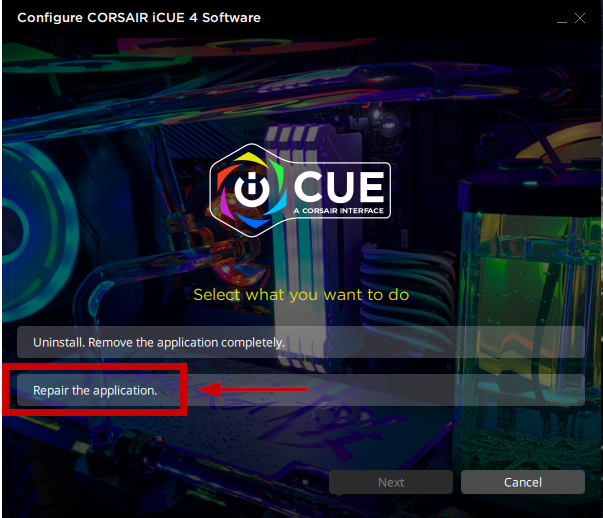
- Follow the instructions given by the installer next.
- Reboot your computer and update K100.
7. Reinstall the iCUE Software
The Corsair Utility Engine may experience a few performance issues, primarily resulting from file corruption. This could be why the K100 is not updating on your PC or laptop. Therefore, a clean reinstallation of iCUE is recommended; then, you will be able to update your peripherals without any issues.
The process is as follows:
- Uninstall Corsair iCUE from Programs and Features in the Control Panel.
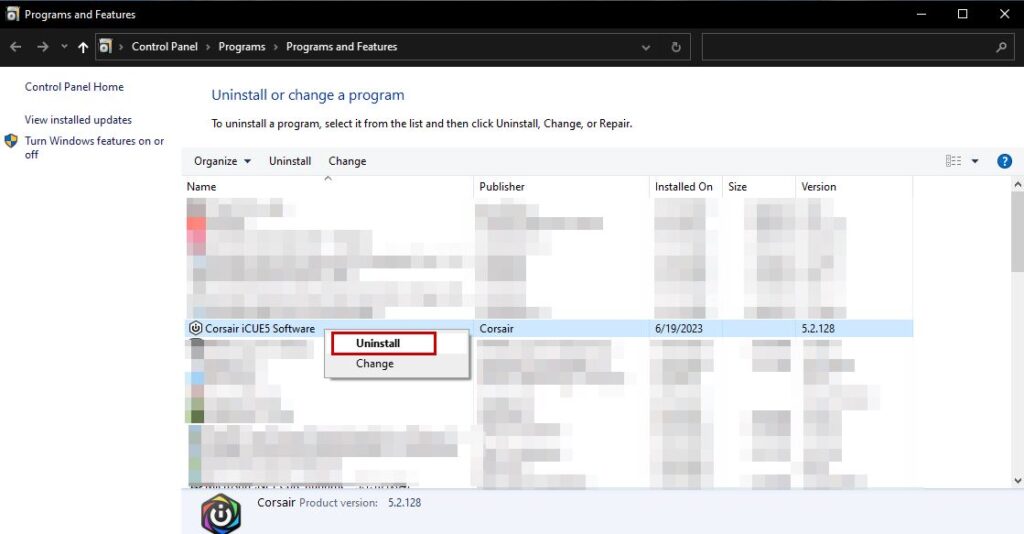
- Open Run with Win + R and type: %appdata%
- Delete the Corsair folder here.

- Open Run again and type: %localappdata%
- Delete the Corsair folder here as well.
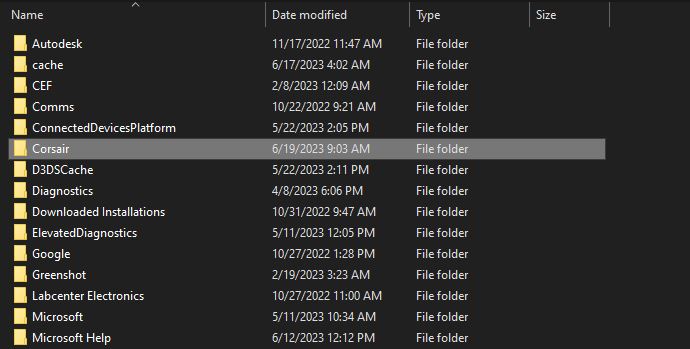
- Navigate to C:\Program Files x86\ if you had iCUE 3 and C:\Program Files\ if you had iCUE 4 and delete Corsair files.
- Open Run again and type: Regedit
- Navigate to HKEY_CURRENT_USER\Software\ and delete the Corsair folder.
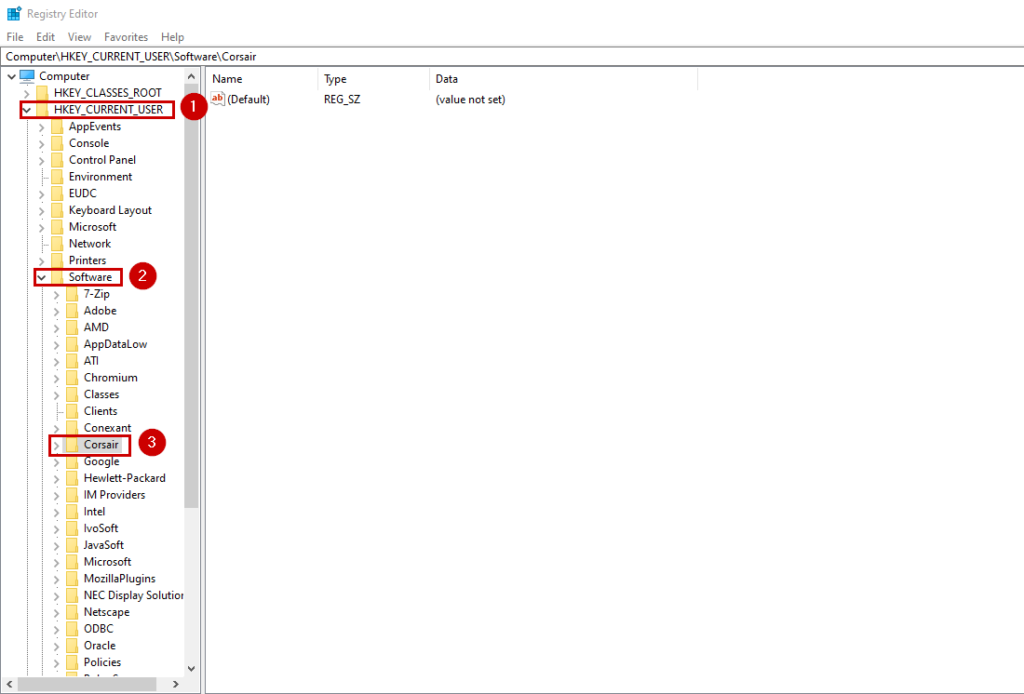
- Next, navigate to HKEY_LOCAL_MACHINE\SOFTWARE\ and delete the Corsair folder again.
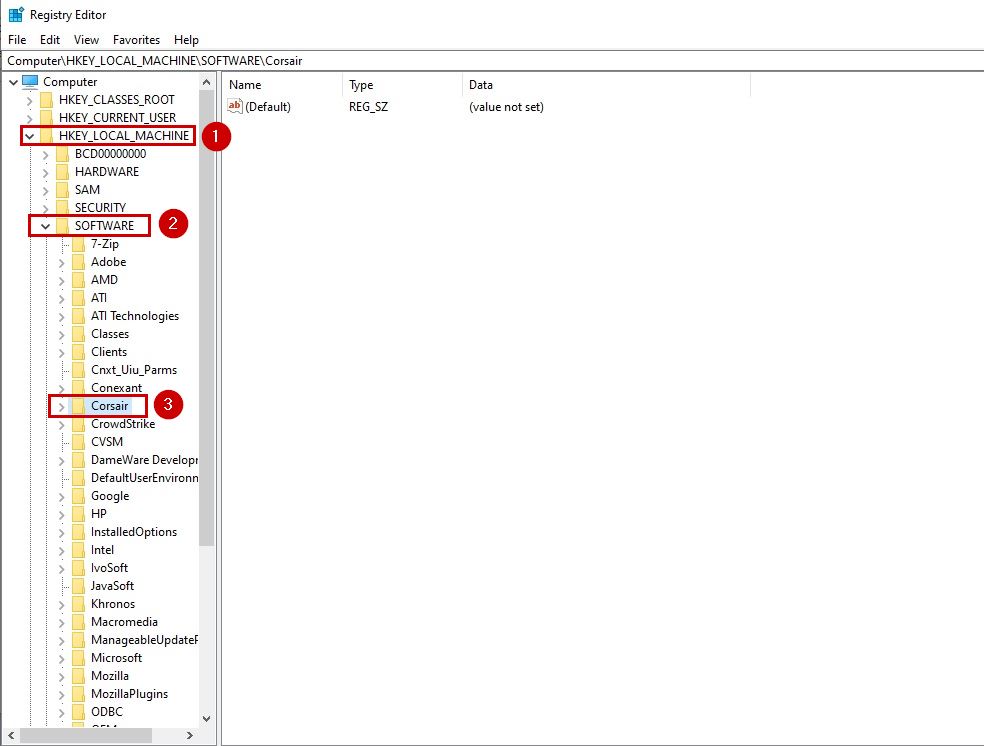
- Restart your PC.
- Go to the iCUE download page and install the version you want.
8. Update Bus Drivers
Keeping your bus drivers updated is necessary for the hardware to function correctly. Unfortunately, the PC won’t work up to its potential if your PCI drivers are outdated or corrupt. This is another reason why the K100 RGB is showing the ‘firmware update failed’ status.
But don’t worry; follow the steps below to update the PCI drivers.
- Open Device Manager and expand the Other devices section.
- Right-click on your PCI driver and select Update driver.

- Select the Search automatically for updates option.

- Follow the onscreen instructions by Windows.
Alternatively, you can also update the drivers manually from the manufacturer’s website.
 Reviewed by
Reviewed by 
